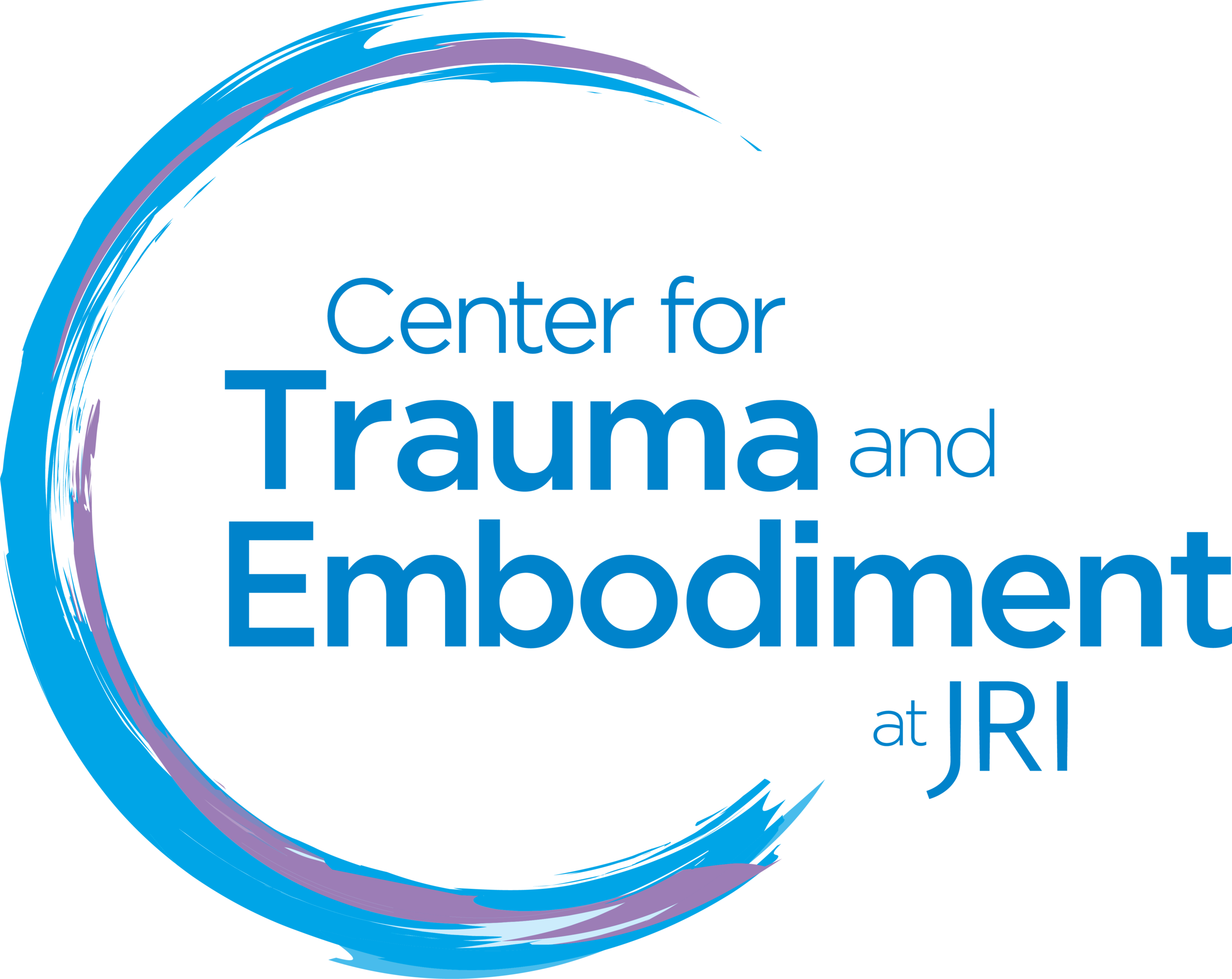Since 2003 The Trauma Centre (now the Centre for Trauma & Embodiment) in Brookline Massachusetts has been offering a very particular form of yoga to a variety of complex trauma survivors, including war veterans, sexual assault survivors, at-risk youth and survivors of chronic childhood abuse and neglect.
The practice is called Trauma Centre Trauma Sensitive Yoga or TCTSY.
TCTSY is now a recognised as an evidence-based intervention for Complex PTSD by SAMHSA - Substance Abuse & Mental Health Services Administration. For more information on the evidence base of TCTSY, please visit the Trauma Centre Resources page.
TCTSY Facilitators (TCTSY-F) are trained, supervised and held to account for the ethics and quality of their practice, through the Trauma Centre, Boston.
HAVING A BODY
In TCTSY we explore physical shapes and movements as an opportunity to practice noticing sensations. What one feels is an entirely subjective experience and for this reason there is no right or wrong way to 'do' a yoga shape.
“Just inhabiting my own skin is a major step forward....My not being able to get into my own skin was something that I did early on just to survive.
— TCTSY Student
OWNING ONE'S BODY
During the practice you'll also be invited to explore:
making choices about how to be in a shape, eg. turning to the right or the left
making these choices based on what you notice you feel & what you want to feel
“I just really suddenly got the idea that I have a body and that I have control over it and that I’m the one that decides what my body does or doesn’t do.
— TCTSY Student
I HAVE A BODY...YOU HAVE A BODY
Subjective experiences are at the heart TCTSY so when we practice with other people it becomes a practice of 'being and allowing the other to be'.
This relational dynamic is central to TCTSY and is the opposite of trauma relationships. It is an opportunity to practice not trauma.
“Recovery can take place only within the context of relationships; it cannot occur in isolation.
In her renewed connection with other people, the survivor re-creates the psychological facilities that were damaged or deformed by the traumatic experience.
These faculties include the basic operations of trust, autonomy, initiative, competence, identity, and intimacy.”
— Judith Herman, Trauma and Recovery
ADDITIONAL TCTSY PRACTICES
Because there is no right or wrong way to make a shape in TCTSY a Facilitator has no need to:
change a participant's shape - this is a no touch practice; your body is your own
judge the participant - Facilitators often practice with their own eyes shut or eyes cast down
move around the room
Because the practice tries to avoid traumatising dynamics:
every single shape will be offered as a genuine invitation
our language avoids metaphors or imagery - eg. stand like a rock, be tall like a tree. We have no idea of our clients associations with these images
for a similar reason TCTSY doesn't make use of music, Sanskrit, incense, candles, yoga blocks or straps
we do not offer interpretations of a clients experience - clients are often vulnerable to accepting someone else's story about them
to offer this practice we do not need to know what has happened to you & we will not ask you
Facilitators practice alongside of a client, genuinely noticing sensations & trying to make their own authentic choices. In this way we offer the option of being with someone who is not lying
SAFETY
We are mindful of how hard 'having a body' can be. For this reason it's important that TCTSY clients are in therapy & that they are at a point in their lives that feels relatively stable & safe.
You can read a little more about our intake processes below in the “What Next?” and the Intake and Consent form here.
What Next?
STEP ONE
Feel free to schedule a phone or Zoom chat. You'll have an opportunity to ask questions and we can discuss the general suitability of my work.
It might also help you build a first impression to hear my voice and/or see my face. If you'd rather not use the phone or Zoom you can always drop me an email.
Step Two
At the end of our call I'll offer to follow up with an email summarising what we have discussed.
I'll attach an Information Sheet which includes details on:
1-1 sessions
billing
confidentiality
where I work
STEP THREE
After the call and follow up email, most people:
take some time to reflect - there is no time limit on this process
come back to me with more questions
schedule an assessment for 1-1 work
Some people will also choose not to continue the process.
“The first principle of recovery is empowerment of the survivor. She must be the author and arbiter of her own recovery. Others may offer advice, support, assistance, affection, and care, but not cure. ”



